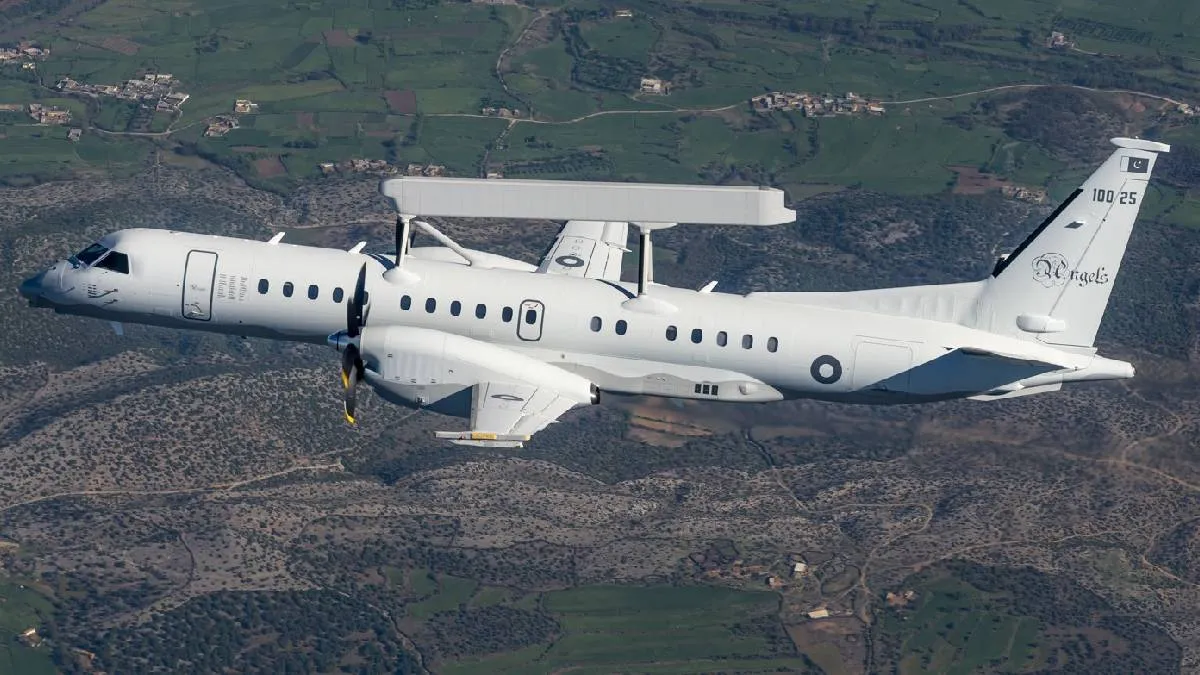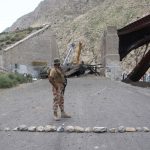In a high-stakes escalation following Pakistan’s attempted missile and drone strikes on Indian cities, India has reportedly shot down a Pakistan Air Force (PAF) Airborne Warning and Control System (AWACS) aircraft. The interception took place over Pakistan’s Punjab province as part of India’s robust air defence response to the coordinated aerial assault launched by Pakistan earlier in the evening.
AWACS aircraft are vital to modern warfare, acting as airborne radar stations capable of tracking enemy aircraft, cruise missiles, and other threats over vast distances. Unlike ground-based radars, AWACS systems are unaffected by the Earth’s curvature, giving them an extended field-of-view and the ability to guide fighter aircraft and coordinate air defence operations in real time.
Pakistan’s AWACS inventory has evolved over the years. In 2006, it acquired four Saab 2000 Erieye systems from Sweden, followed by four ZDK-03 aircraft from China in 2008. However, the Chinese systems were officially retired in 2024. Since then, Pakistan has added three more Saab Erieye aircraft to its fleet in 2017 and another three in 2020, making the Saab 2000 Erieye the likely model involved in the current incident.
The Saab 2000 Erieye AWACS is a high-end surveillance platform capable of covering more than 500,000 square kilometers and reaching altitudes over 60,000 feet. It can detect and track a wide variety of aerial targets, from fast-moving jets to low-flying helicopters and even small maritime craft. The Erieye’s advanced radar system delivers rapid updates and high-precision tracking, with a flight endurance of over nine hours and a range exceeding 3,700 kilometers.
The downing of such a critical surveillance asset is seen by defence experts as a major blow to Pakistan’s air defence capability, potentially disrupting its ability to coordinate aerial missions and maintain situational awareness during ongoing tensions.
On the Indian side, the Air Force operates five AWACS platforms: three Israeli EL/M-2090 Phalcon systems mounted on IL-76 heavy-lift aircraft, and two DRDO-developed Netra Mk-1 systems based on Embraer jets. These systems provide India with comprehensive radar coverage and early warning capabilities across different sectors.
As both nations remain on high alert following Operation Sindoor—India’s targeted response to the April 22 Pahalgam terror attack—the airspace over the subcontinent continues to reflect the fragility of regional security. With international attention focused on the unfolding crisis, the downing of Pakistan’s AWACS marks a significant shift in the strategic equation and underscores the evolving nature of aerial warfare in South Asia.













